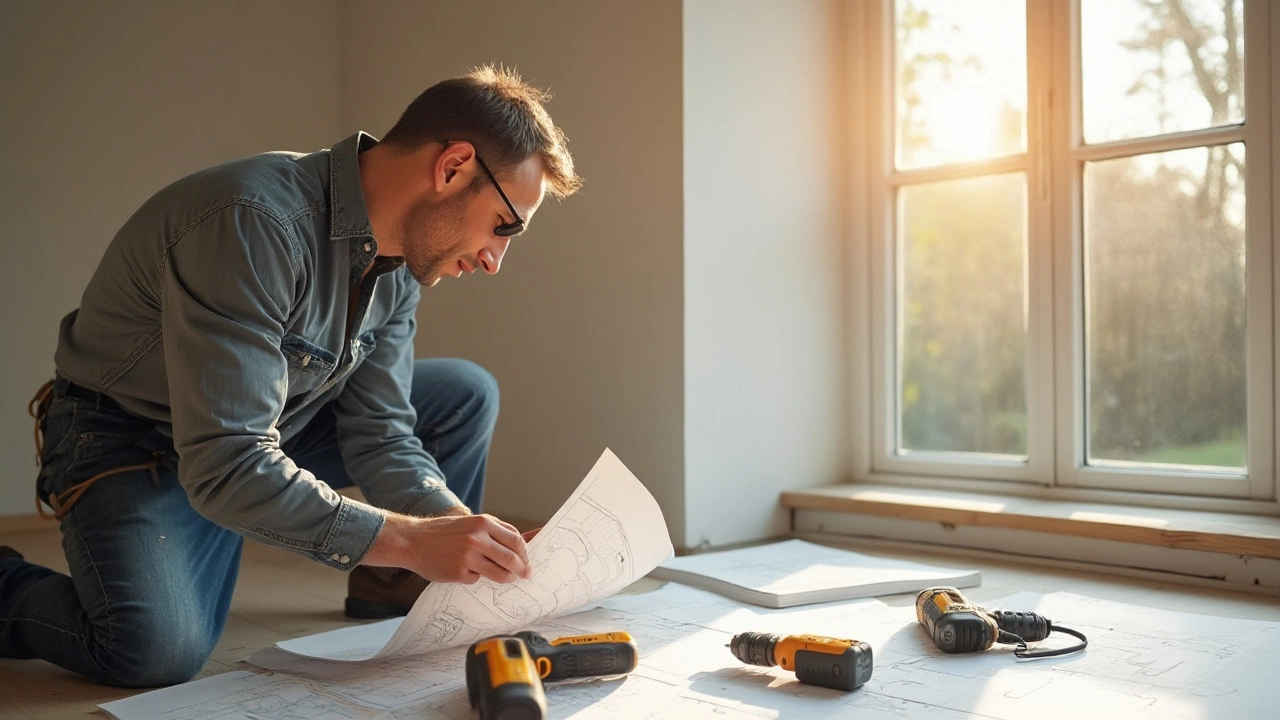New Build Walls: What You Need to Know for Strong, Efficient Home Walls
Building a new home means getting the walls right from day one. Walls aren’t just partitions – they hold up the roof, keep out drafts, and affect how your house looks inside. If you follow a few simple steps, you can avoid costly repairs and finish your walls with confidence.
Choosing the Right Materials
Start with solid studs. Most new builds use 2x4 timber studs spaced 400mm apart, but if you need extra insulation or open‑plan space, 2x6 studs give you more room for bulkier insulation. Make sure the timber is kiln‑dried – that cuts down on shrinkage and reduces the chance of cracks later.
Next, pick the right sheathing. For external walls, a combination of OSB (or plywood) and a weather‑proof barrier works well. Inside, a single layer of plasterboard (drywall) is standard, but consider moisture‑resistant board in bathrooms and kitchens.
Insulation matters for energy bills. Fiberglass batts fit easily between studs, but spray foam offers better air sealing if you’re willing to spend a bit more. Remember to leave a small gap at the top of each stud to let any moisture escape.
Avoiding Common New Build Wall Problems
Hairline cracks are normal as the building settles, but big cracks signal trouble. To keep cracks minimal, install a metal or plastic crack‑control joint at every 12‑foot interval. This joint lets the wall move without breaking the plasterboard.
Seal every gap. Use acoustical sealant around windows, doors, and where the wall meets the floor. Unsealed gaps let drafts in and can cause condensation, leading to mold.
Don’t forget fire safety. In any wall that separates rooms, install fire‑rated drywall (typically 1‑hour rating). This adds a layer of protection and is often required by building codes.
When you finish the walls, apply a skim coat or joint compound smoothly. Sand lightly between coats to avoid ridges. A good finish makes painting easier and hides any minor imperfections.
Finally, plan your services ahead. Run electrical wiring, plumbing, and HVAC ductwork before you close up the walls. Label each conduit clearly so future work is hassle‑free.
By picking the right studs, sheathing, and insulation, sealing gaps, and installing crack‑control joints, you set up your new build walls for years of solid performance. Follow these steps, and you’ll finish with walls that look good, stay tight, and keep your home comfortable.

